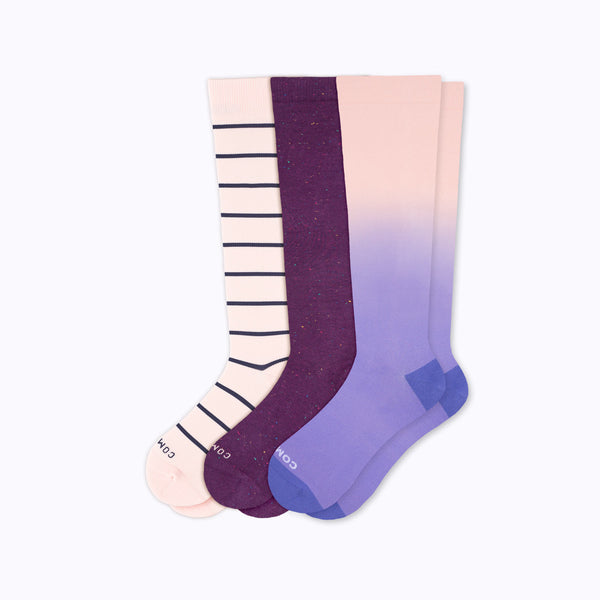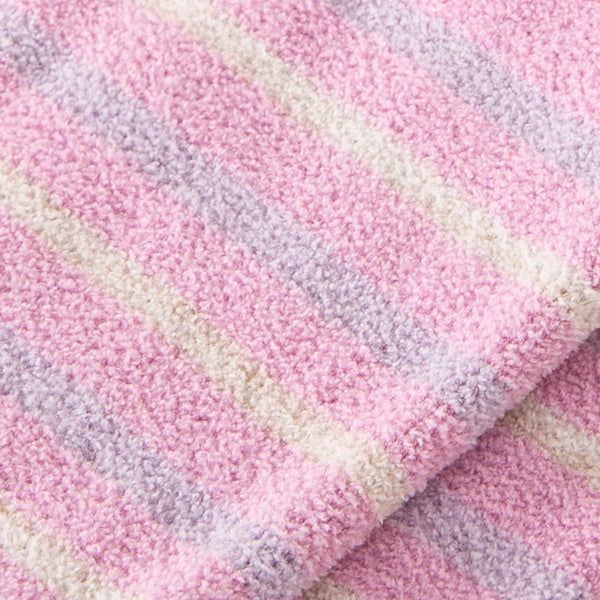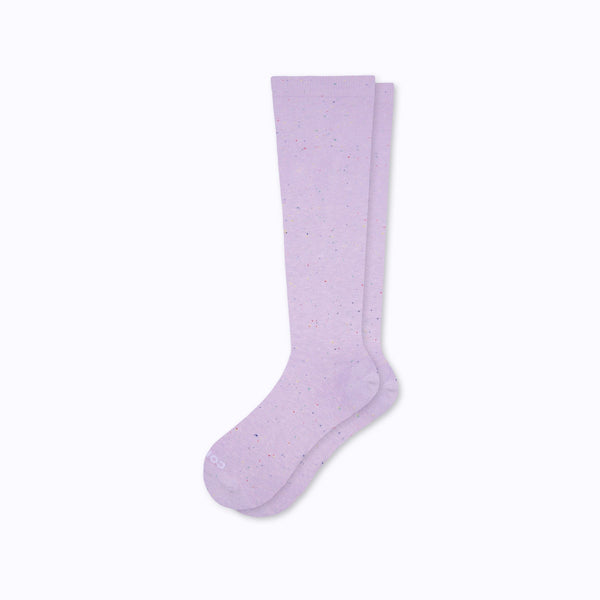Compression Socks for Pregnancy
WHY YOU NEED IT
Avoid Blood Clots + Decrease Chance of Spider Veins
Besides expecting a bundle of joy, most moms-to-be can also expect edema—swelling in the lower legs, ankles, and feet caused by the normal increase of blood volume and fluid during pregnancy. In addition, some pregnant women may experience vascular issues like varicose veins and deep vein thrombosis (DVT). Blood clots in your deep veins can put you at high risk for life-threatening complications and severe swelling. That's why so many women wear compression socks during pregnancy.
HOW COMRAD HELPS
Improve Blood Flow + Reduce Leg Swelling
Knee-high compression socks work their magic by gently squeezing the legs to promote blood flow from your legs and feet back towards your heart, resulting in better overall blood circulation. Medical professionals recommend maternity compression socks as an effective way to reduce pregnancy-related edema and lower your risk of blood clots. With a pair of compression socks, your lower extremities won't keep growing, month after month.
Leg pain? We've got that covered. We're not saying your third trimester will be a breeze—compression socks don't stop hormonal changes, morning sickness, or back pain—but wearing compression socks during pregnancy can take off some of the pressure. After all, you have enough to worry about.
Our medium level 15-20 mmHg graduated compression socks is a great compression level to start with while still ensuring that your legs feel comfortable (even when the rest of your body doesn’t).
Some doctors will prescribe our firm level 20 - 30 mmhg compression socks to pregnant women with more extreme swelling or discomfort.





















